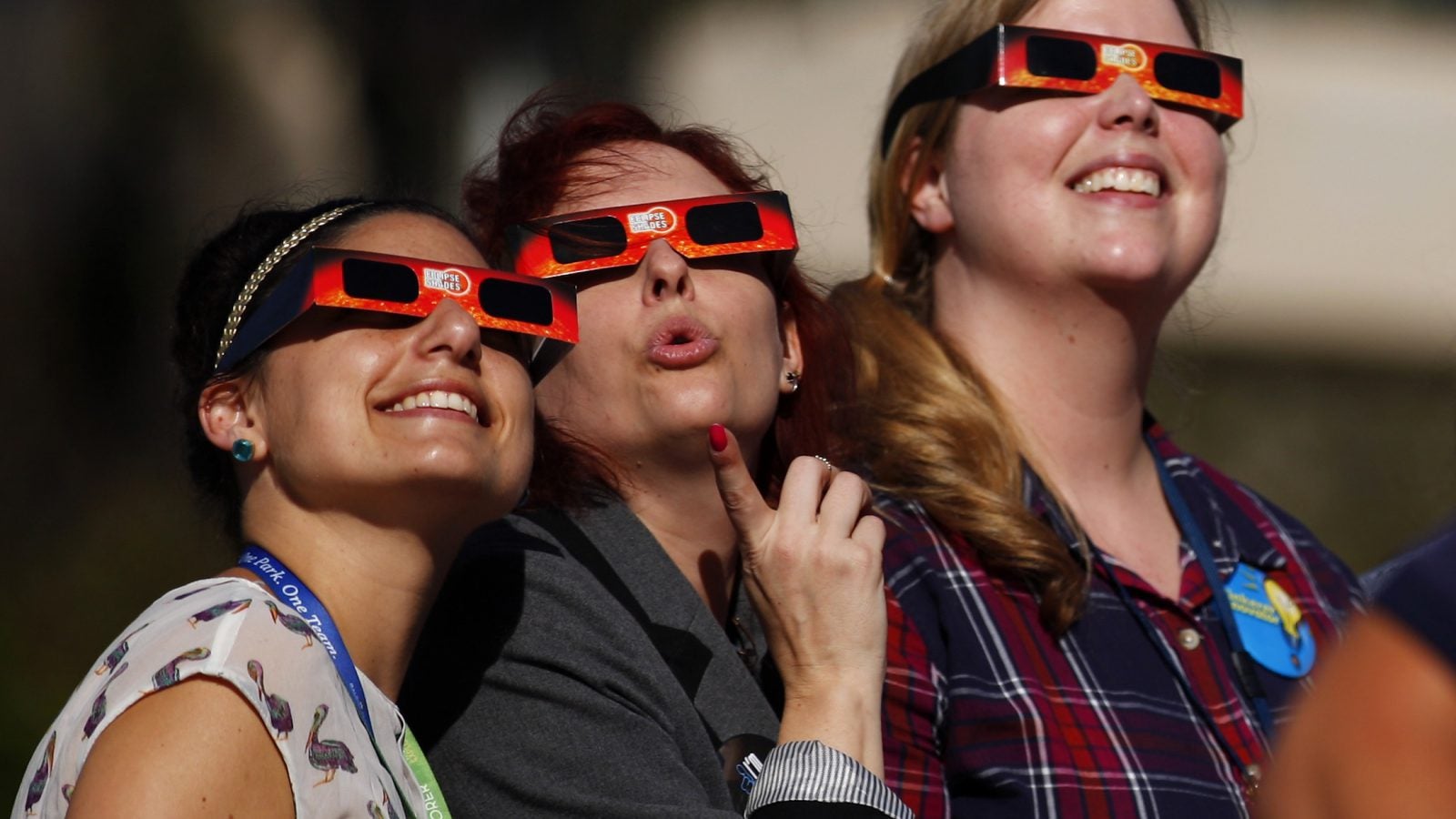California is getting so much power from solar that wholesale electricity prices are turning negative
The extraordinary success of solar power in some pockets of the world that combine sunshine with high investment in the technology mean that governments and energy companies are having radically to rethink the way they manage—and charge for—electricity.


The extraordinary success of solar power in some pockets of the world that combine sunshine with high investment in the technology mean that governments and energy companies are having radically to rethink the way they manage—and charge for—electricity.
California is one such a place.
On March 11, it passed a milestone on the route to powering the whole state sustainably. For the first time, more than half the power needs of the entire state came from solar power for a few hours that day, according to the US Energy Information Administration (EIA).
The power came from utility-scale solar photovoltaic farms, solar thermal plants, and the panels installed on private homes. Based on the data it collects, the EIA estimated that in each hour of peak times, that total capacity produced 4 million kWh of electricity on March 11.
It’s a massive and rapid change: Just 15 years ago, the state produced almost no power from solar at all.
The spikes also have a big effect on wholesale energy prices, which dipped to zero or even to negative territory this spring during certain hours in California, the EIA said. That’s in sharp contrast to the same hours (8am to 2pm) in the month of March between 2013 and 2015, when average hourly wholesale prices ranged from $14-45 MWh.
Negative prices usually happen because there’s a glut of renewable energy, but non-renewable generators are also producing. (They don’t shut them off completely because of the high costs of restarting.)
California now accounts for a sizable chunk of the US market, having the highest energy demand of any state after Texas. It also has almost half of all the solar power in the US.
Free power?
Some of the surge is seasonal. Spring tends to have temperate weather, meaning the demand for power used for heating and cooling is lower. So while solar cells will produce more energy in the summer, there’ll also be a lot more power used.
The abundance of renewable power at certain times means grid managers have a new task on their hands—dealing with all the energy.
We don’t yet have batteries capable of storing huge amounts of electricity, and grids can only support so much. There are times, therefore, when really successful renewables have to be “curtailed,” or stopped from feeding the grid, to prevent surges. (Just as there are times when other “baseload” power sources need to step in, for example when the sun’s not out and at night.)
Germany, which has also invested heavily in both solar and wind power, sometimes has so much power it has to pay neighboring countries to use it—a quirk of the transition to high levels of renewables it calls the Energiewende, or energy transformation.
This doesn’t mean, however, that Californians are paying nothing for their power because wholesale prices don’t translate directly into retail prices, which are based on averages, not single days. But it will mean energy companies start to rethink how they deliver and charge for electricity as the mix of renewables increases.